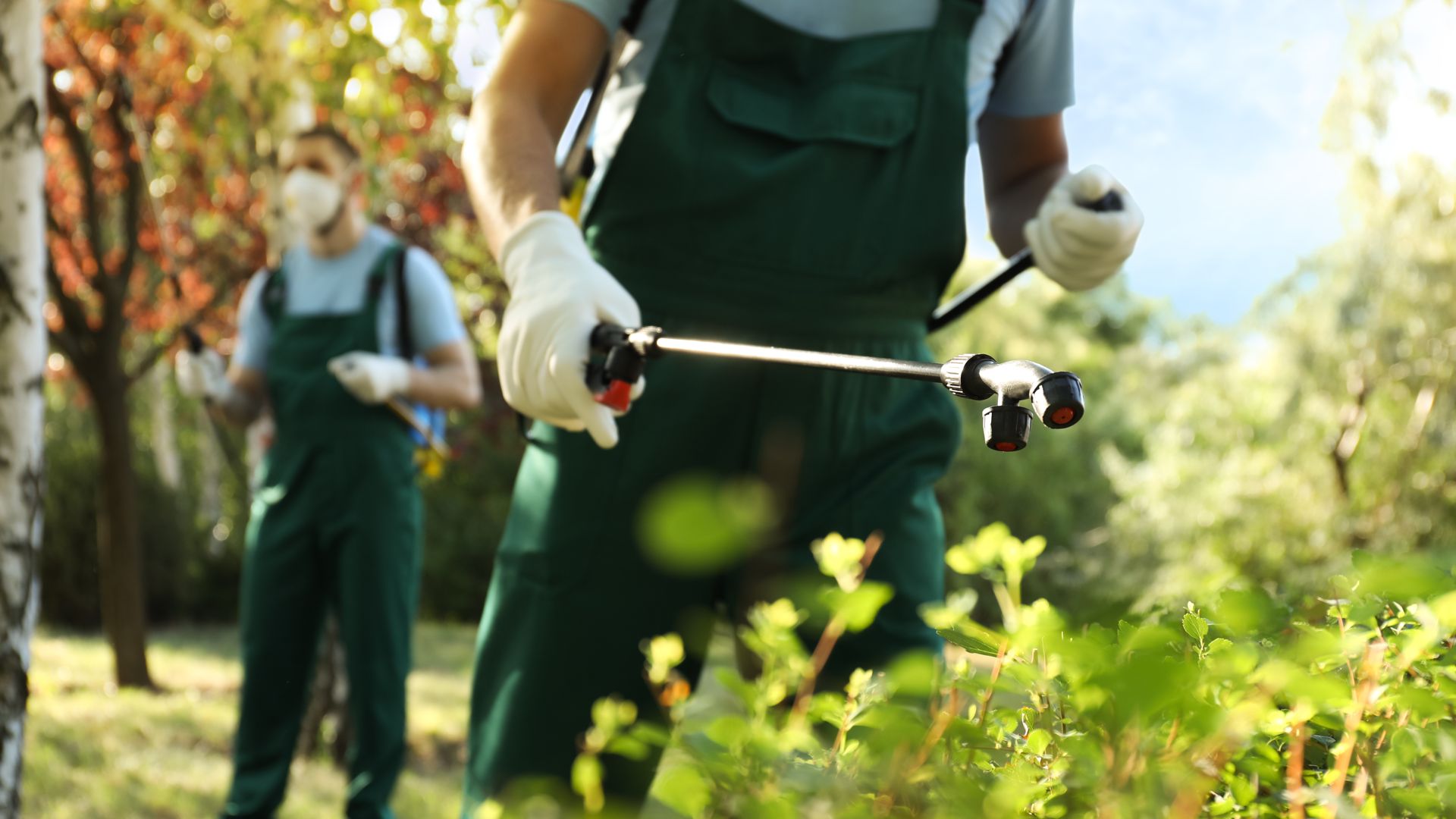In Cypress, Texas, heavy rains often lead to an uptick in termite activity. Termite swarms, which typically emerge after a period of rainfall, can signal potential infestations that threaten the structural integrity of homes. It is crucial for Cypress residents to recognize the signs of termite swarms and take immediate actions to protect their homes. This blog will guide you through identifying termite swarms and provide steps for safeguarding your property.
## Understanding Termite Swarms
Termite swarms occur when reproductive termites, also known as alates or swarmers, leave their colony to mate and establish new colonies. This usually happens after heavy rains when the ground is soft and moist, providing an ideal environment for the termites to burrow and create new nests.
## Signs of Termite Swarms
### 1. Presence of Swarmers
Swarmers are winged termites that are often mistaken for flying ants. Key differences include:
- **Body shape:** Termites have a straight, uniform body, while ants have a segmented body with a narrow waist.
- **Wings:** Termites have two pairs of wings that are equal in length and twice as long as their body. Ants have wings of different lengths.
- **Antennae:** Termite antennae are straight and bead-like, whereas ant antennae are elbowed.
### 2. Discarded Wings
After mating, swarmers shed their wings. Finding piles of discarded wings near windowsills, doors, or other light sources is a common sign of a termite swarm.
### 3. Mud Tubes
Termites construct mud tubes to travel between their colony and food sources. These tubes, typically found along foundations, walls, or crawl spaces, protect termites from predators and maintain moisture.
### 4. Damaged Wood
Termites feed on wood from the inside out, leaving it hollow. Tap on wood surfaces and listen for a hollow sound. Other signs include blistered or uneven wood surfaces, sagging floors, and maze-like patterns in furniture, walls, or floors.
### 5. Frass
Drywood termites produce frass, which is a type of wood-colored, pellet-like droppings. Piles of frass near infested wood are a clear indicator of termite activity.
## Immediate Actions to Protect Your Home
### 1. Confirm the Infestation
If you notice signs of a termite swarm, confirm the infestation by contacting a professional pest control company for an inspection. Experts can accurately identify termite species and assess the extent of the infestation.
### 2. Eliminate Moisture Sources
Termites thrive in moist environments, so reducing moisture levels around your home is crucial:
- **Fix leaks:** Repair leaking pipes, faucets, and roofs promptly.
- **Improve drainage:** Ensure your yard is graded properly to direct water away from your home’s foundation.
- **Maintain gutters:** Clean and maintain gutters and downspouts to prevent water buildup.
### 3. Remove Wood and Debris
Termites are attracted to wood and other cellulose materials:
- **Store firewood away:** Keep firewood, lumber, and other wood materials at least 20 feet away from your home.
- **Clear debris:** Remove dead trees, stumps, and any wooden debris from your yard.
### 4. Seal Entry Points
Prevent termites from entering your home by sealing cracks and gaps:
- **Foundation and walls:** Use caulk or sealant to close cracks in your foundation and exterior walls.
- **Windows and doors:** Ensure windows and doors are properly sealed and fitted.
### 5. Use Termite Barriers
Consider using termite barriers to protect your home:
- **Physical barriers:** Install metal mesh or sand barriers during construction or renovation to block termite entry.
- **Chemical barriers:** Apply liquid termiticides around your home’s perimeter to create a chemical barrier that deters termites.
### 6. Regular Inspections
Schedule regular inspections with a professional pest control company to monitor termite activity and ensure early detection of any new infestations.
## Conclusion
Termite swarms after heavy rains in Cypress are a warning sign that should not be ignored. By recognizing the signs of termite activity and taking immediate steps to protect your home, you can prevent costly damage and maintain the structural integrity of your property. Stay vigilant, keep your home dry, and seek professional help when necessary to safeguard your home from these destructive pests.

